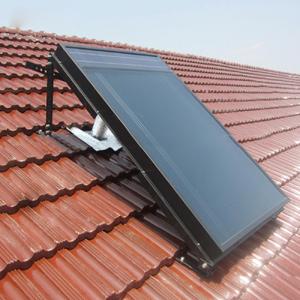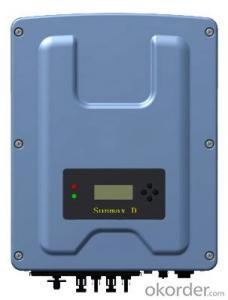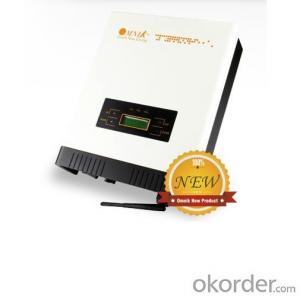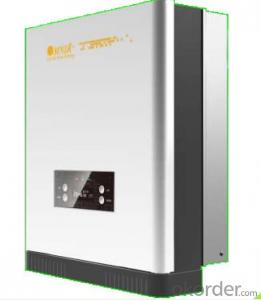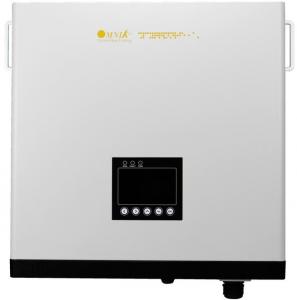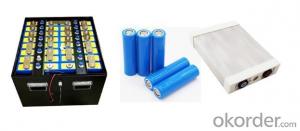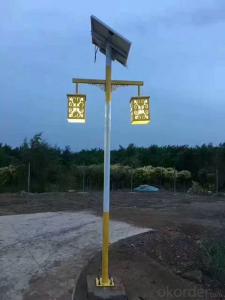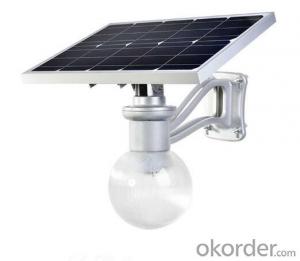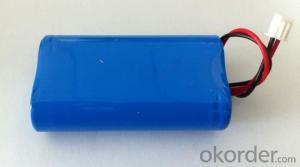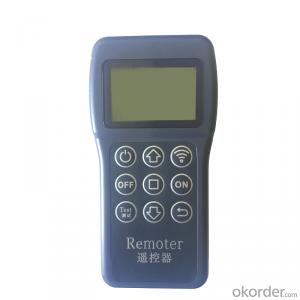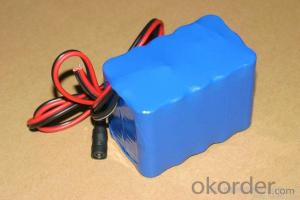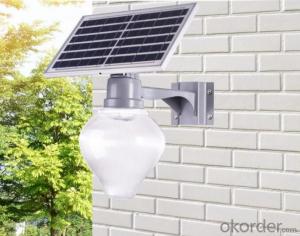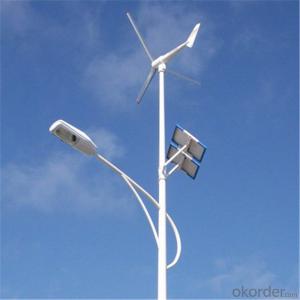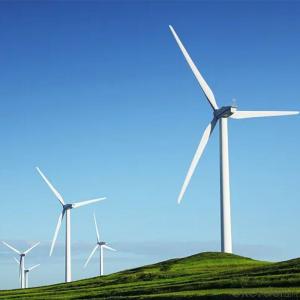Olx Solar Inverter
Olx Solar Inverter Related Searches
Solar Inverter Olx Solax Solar Inverter Solar X Inverter Solar Inverter Solax Xantrex Solar Inverter Fox Solar Inverter Xantrex Inverter Solar Omega Solar Inverter Opti Solar Inverter Romex Solar Inverter Solgen Solar Inverter Offgrid Solar Inverter Orion Solar Inverter Foxess Solar Inverter Lg Solar Inverter Eltek Solar Inverter Inverter Solar Inverex Solar Inverter Solar Solar Inverter Sun Solar Inverter Solaris Solar Inverter Solar Max Inverter Lg Inverter Solar Omron Solar Inverter Axpert Solar Inverter Powmr Solar Inverter Solar Inverter Mexico Apollo Solar Inverter Off-Grid Solar Inverter Off Grid Solar System InverterOlx Solar Inverter Supplier & Manufacturer from China
Olx Solar Inverter is a range of high-quality solar power conversion devices designed to optimize energy production from photovoltaic systems. These inverters are engineered to convert the direct current (DC) generated by solar panels into alternating current (AC) that can be used by homes and businesses. They play a crucial role in ensuring the efficient operation of solar energy systems, making them an essential component for anyone looking to harness the power of the sun.The Olx Solar Inverter is widely used in various applications, including residential, commercial, and industrial settings. They are particularly beneficial in areas with high solar irradiance, where the potential for solar energy generation is maximized. These inverters can be employed in both grid-tied and off-grid solar systems, catering to diverse energy needs and preferences. By using an Olx Solar Inverter, users can reduce their reliance on traditional energy sources, lower their electricity bills, and contribute to a greener environment.
Okorder.com is a leading wholesale supplier of Olx Solar Inverters, boasting a vast inventory of these essential solar energy components. They offer competitive prices and reliable service, ensuring that customers have access to top-quality inverters to meet their solar power needs. By partnering with Okorder.com, customers can benefit from their extensive experience in the solar industry and take advantage of their comprehensive range of Olx Solar Inverter products.
Hot Products
















